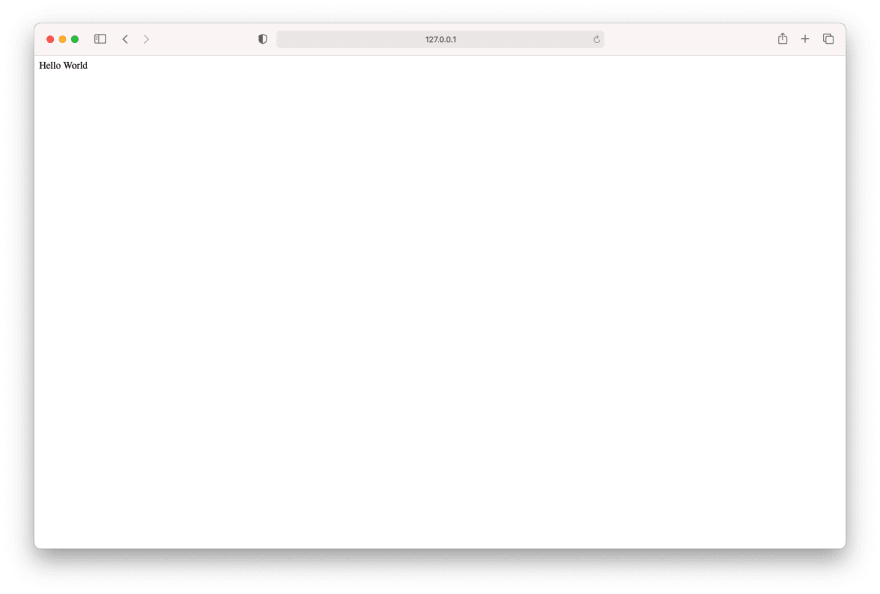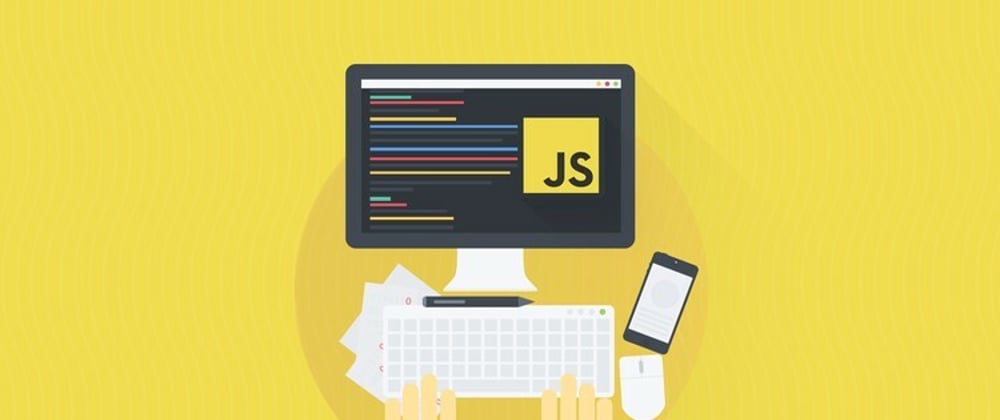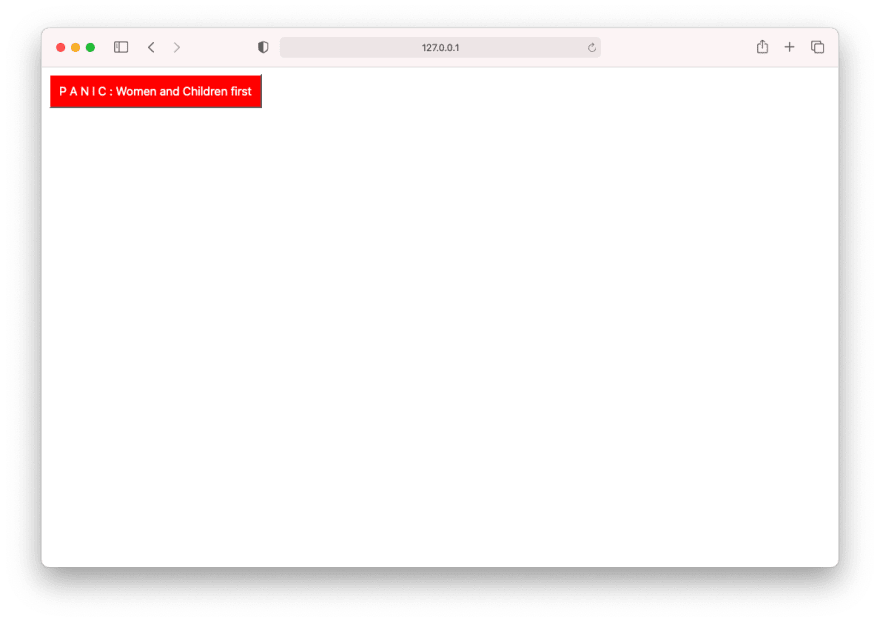If you want to miss nothing click follow and you are welcome to comments and discuss with me.
Without further ado here is a summary of my notes for today.
What is Web Component
It's a set for web platform API's that allow us to create a custom, reusable and encapsulated html tags use in web pages and web apps.
Web component do not required any special javascript libraries or framework.
Web component have 3 main building blocks:
- Custom Element
- Shadow DOM
- HTML Templates
Custom Element:
Create custom HTML tags, custom class and lifecycle methods
// class inherits from HTMLElement
class customButton extends HTMLElement {
...
}
// To bind the new custom element
window.customElements.define('x-button', customButton)
Lifecycle methods:
- constructor(): Called when an instance of the element is created
- connectedCallback(): Call every time when the element is inserted into DOM
- disconnectedCallback(): Call every time the element is remove from the DOM
- attributeChangedCallback(attributeName, oldValue, newValue): Call when an attribute is added, removed, updated or replaced
Shadow DOM:
- Used for self-contained components
- Encapsulate styles and markup
- Create with element.attachShadow({mode:open})
- Creates a "shadowRoot" that we can reference and interact with
HTMl Template:
- Define the encapsulated markup of our web component
- Template tag stores markup on page
- Include both HTML and CSS in template
- Use slots to add custom text
My first component
index.html
<!DOCTYPE html>
<html lang="en">
<head>
<meta charset="UTF-8">
<meta http-equiv="X-UA-Compatible" content="IE=edge">
<meta name="viewport" content="width=device-width, initial-scale=1.0">
<title>Web Component</title>
</head>
<body>
<panic-button></panic-button>
<script src="panicButton.js"></script>
</body>
</html>
panicButton.js
class panicButton extends HTMLElement {
constructor() {
// Call HTMLElement constructor
super()
// Add some content to our component
this.innerHTML = `Hello World`
}
}
// Bind our component
window.customElements.define('panic-button', panicButton)
My First Component... I guess I can do better :)

Add attribute
index.html
<panic-button message="Women and Children first"></panic-button>
panicButton.js
class panicButton extends HTMLElement {
constructor() {
// Call HTMLElement constructor
super()
// use getAttribute to retrieved attribute
this.innerHTML = `P A N I C - ${this.getAttribute('message')}`
}
}
// Bind our component
window.customElements.define('panic-button', panicButton)
Use ShadowRoot:
// Create the element with custom CSS and HTML
const template = document.createElement('template')
template.innerHTML = `
<style>
button {
color: white;
background-color: red;
font-size: 16px;
padding: 12px;
}
</style>
<div>
<button></button>
</div>
`
// Create web component
class panicButton extends HTMLElement {
constructor() {
super()
// Create the ShadowRoot
this.attachShadow({mode: 'open'})
// Add our component inside our ShadowRoot
this.shadowRoot.appendChild(template.content.cloneNode(true))
// Set attributes
this.shadowRoot.querySelector('button').innerText = `P A N I C : ${this.getAttribute('message')}`
}
}
window.customElements.define('panic-button', panicButton)
Use slot
<panic-button>Women and Children First</panic-button>
// Add the <slot /> tag
const template = document.createElement('template')
template.innerHTML = `
<style>
button {
color: white;
background-color: red;
font-size: 16px;
padding: 12px;
}
</style>
<div>
<button><slot /></button>
</div>
`
Multiple-slot
<panic-button>
<div slot="message">General Alert</div>
<div slot="image"><img src="alter.jpg"></div>
</panic-button>
// Add the multiple slot tag by name
const template = document.createElement('template')
template.innerHTML = `
<style>
button {
color: white;
background-color: red;
font-size: 16px;
padding: 12px;
}
</style>
<div>
<button>
<slot name="message"/>
<slot name="image"/>
</button>
</div>
`
Events
class panicButton extends HTMLElement {
constructor() {
...
}
// Add the event listener inside this lifecycle hook
connectedCallback() {
this.shadowRoot.querySelector('button').addEventListener('click', e => {
alert('This is not a exercice!')
})
}
}
Conclusion
That's it for today. If you want more info about web components you can read here: https://developer.mozilla.org/en-US/docs/Web/Web_Components
If you like what I write click follow to be alert when I publish a new post on Dev.to








Top comments (0)